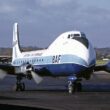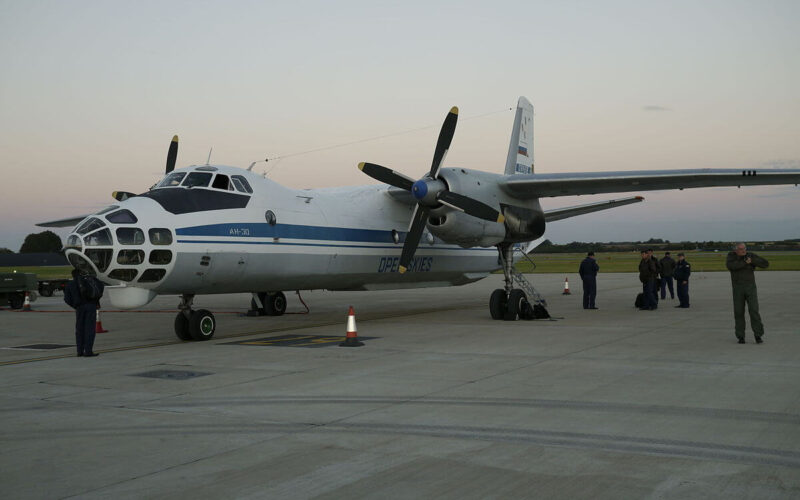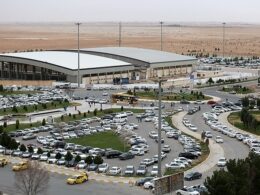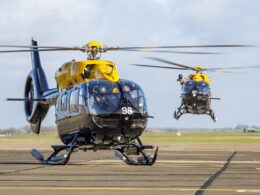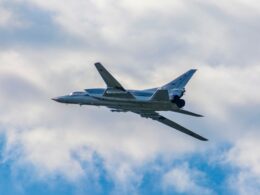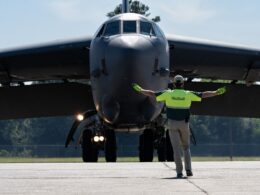Usually, observation planes approaching a foreign airspace experience a strong reaction, often in the form of an interception and an official complaint from the diplomatic sphere. This month, however, several flights of this kind should take place without a hitch, thanks to the “Open Skies” deal.
The Russian military is to perform observation flights over the United States and Sweden by the end of June 2019, while a French-German observation flight should be carried out in the same period over Russian territory.
The flight over the United States will be carried out by a Tupolev Tu-154MLK-1 from the Great Falls, Montana, and should have a maximum range of 5130km. The second Russian flight will see an Antonov An-30B take off from Uppsala, Sweden, and fly up to 1,700 km.
Both flights were announced by the head of the National Center for the Reduction of Nuclear Hazard Sergey Ryzhkov, as reported by Krasnaya Zvezda, the official media of the Russian Armed Forces.
Meanwhile, a C130H of the French Air Force is to carry out a similar flight from the Kubinka airfield, near Moscow, on behalf of both France and Germany.
All flights will have representatives of the observed country on board to make sure that flight and observation parameters are respected.
Keeping an eye on each other
These observation flights are made possible by the Open Skies treaty, which allows for surveillance flights to be carried out over the territory of the 35 signatory countries, all members of the Organization for Security and Co-operation in Europe (OSCE), to monitor each other’s military movements.
Each country must accept a number of observation flights, the “passive quota” and is able to carry out as many as it received, the “active quota”. A 72-hour notice before an observation flight must be communicated to the authorities of the observed country.
The flight has to be carried out by an “unarmed, fixed wing aircraft” equipped with “agreed sensors”. These sensors include optical panoramic and framing cameras, video cameras with real-time display, infra-red line-scanning devices, and sideways-looking synthetic aperture radar, all with limited resolutions defined by the Treaty.
Initially negotiated between the members of NATO and of the Warsaw Pact, the treaty was signed in 1992 in Helsinki. However, it was only ratified nine years later by Russia and came into effect on January 1, 2002.
In the past, observation flights have been used as a form of protest. On December 6, 2018, the United States carried out an extraordinary flight over Ukraine on board the Boeing OC-135B “Open Skies”, a plane specifically equipped for the application of the treaty. French, Canadian, German, British and Romanian observers were on board. This flight was a reaction to “Russia’s unprovoked attack on Ukrainian naval vessels in the Black Sea near the Kerch Strait”, in the words of the U.S. Department of Defense.

